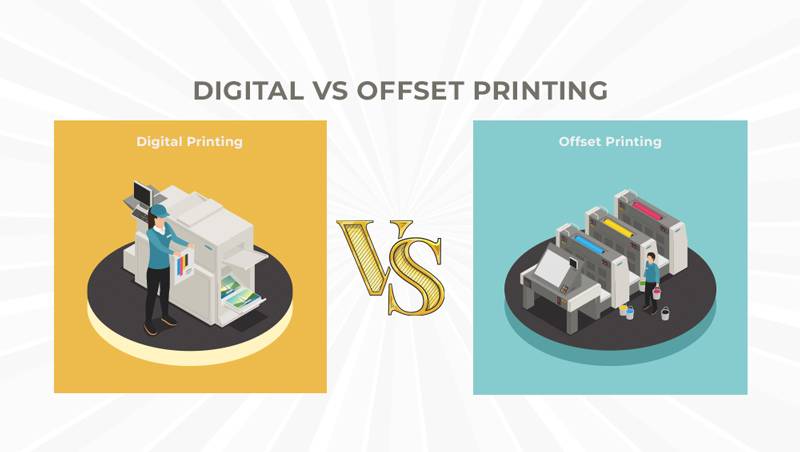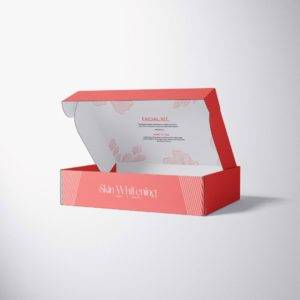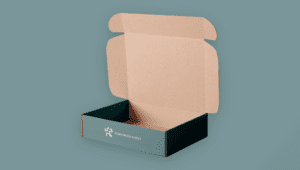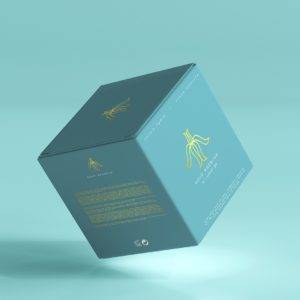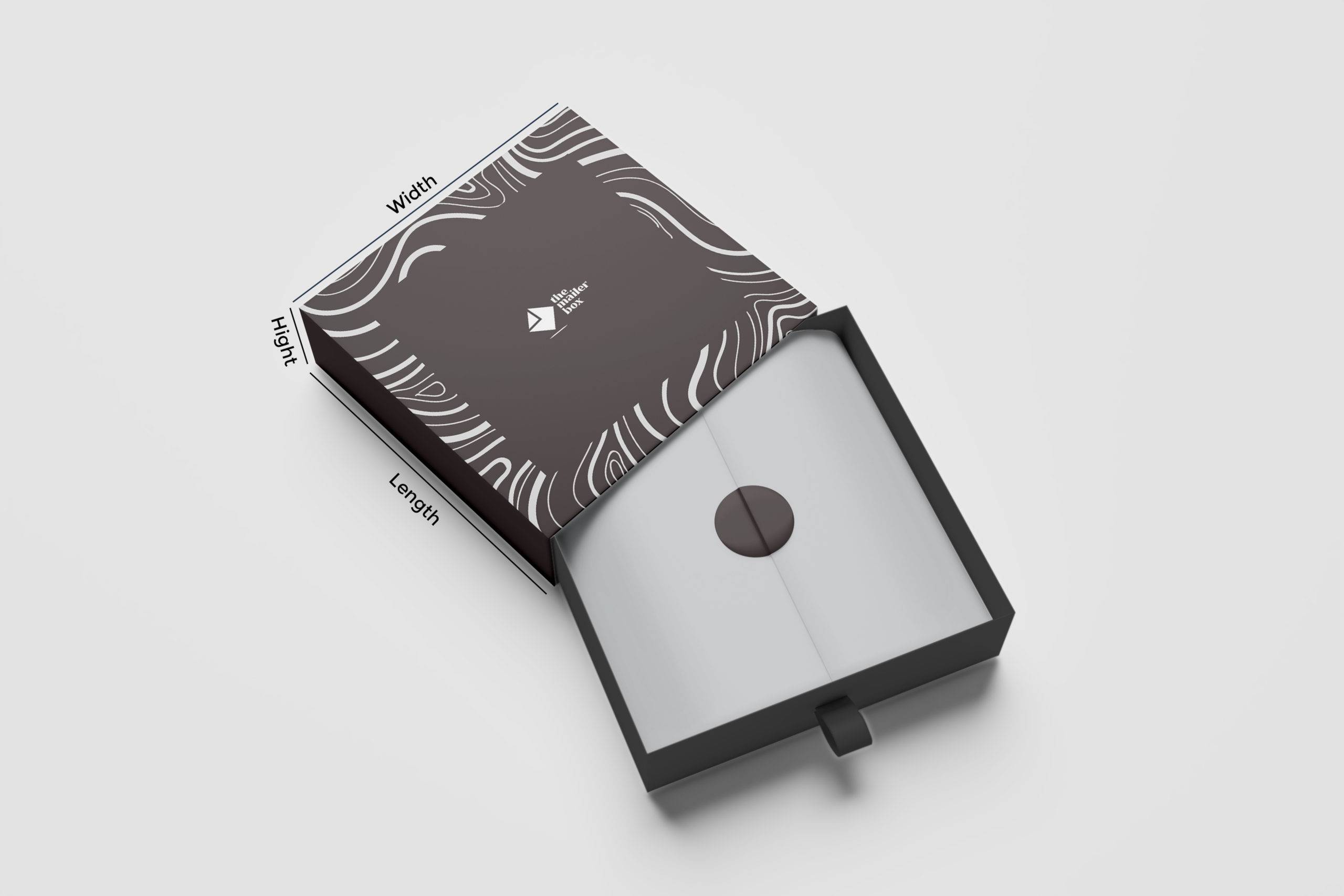Understanding Digital VS Offset Printing for Packaging
Any individual who is involved in the process of manufacturing and design, would one way or the other have a requirement for printing. There are thousands of purposes for printing, and anyone who has the need for it would know that the options are available at endless. The advancements in technology allow you to explore a wide variety of specialties, from printing metal to customized paper or fabric. But more than what you are printing on, how you are printing it is what sets the results apart.
When it comes to customized packaging what is important is to understand the two primary options available and how each of them has their unique advantages. These two types of printing are known as offset and digital printing. In this blog we will not only review the difference, but how each of them can benefit your different packaging needs.
Offset Printing Defined
Offset printing was invented in the mid-19th century and has been one of the most effective options for printing in high volumes. And although the technologies have evolved, the process to date remains to be the first choice of small to large businesses alike.
This process of printing is also known as lithography, which involves the use of etched metal plates transfer layers of colors on different sheets that may include cardboard, kraft, metal, or plastic. Following that rubber rollers are used to transfer the image/artwork. For every offset printing job, a customized aluminum plate will be designed.
The process of offset printing is much more technical than digital printing. It is done by professional and trained experts who understand the use of equipment and color. Your design is placed on specialized aluminum plates that are passed through dampened rollers. The wetting process ensures that water is resisted in areas that requires transferring of ink/color. Following this step an oil-based color solution is applied to the etched plates using vibrating rollers. The ink is transferred only to the untreated areas of the etched plate. Designers who choose offset printing must understand the treatment of colors to translate it effectively in print. Whether it is an eight- or four-color printing, offset printing can bring your design to life with great accuracy.
Because offset printing requires technical understanding of the process, it is expensive and labor intensive. Therefore, there is a minimum number of pages that you must get printed. It is not the ideal method if you are looking for a small job.
Why Choose Offset Printing?
Offset printing is most often the preferred choice because of its accuracy, high-precision, and rich colors. It captures the finest details from the artwork and the color lasts a long time. For folding cartons and mailer boxes that are to be shipped, offset printing is the best and most cost-effective option. Offset printing also comes in handy for additional finishes and add-ons such as laminations, foil stamping, embossing or debossing, etc.
Digital Printing Defined
As the name suggests, the technology of digital printing relies heavily on designed files rather than the intervention of metal plates. In digital printing full-color ink as well as toner is applied directly to paper using rollers. Compared to offset printing, it is a much simpler and faster process that does not require technical operators. But the question is, what then makes digital printing a success? The accuracy and understanding of CMYK by the designers, and the quality of machines used to print.
Paper, machine, and design play a significant role in digital printing. First of all, some papers produce consume more ink than others in digital printing. So, when choosing digital printing for your packaging needs, it is important to understand the dynamics of the material selected. Secondly, the type of machine used plays a significant role in delivering high-quality results. For enhanced vibrancy and accuracy, it is essential to go for printing suppliers who have the best in-line technology. Finally, the artwork plays a great role in how good your design looks in print. The designer must understand the balancing of blacks and whites to ensure printing matches the desired pantone.
Why Choose Digital Printing?
Digital printing requires minimum to no initial preparation. You can print a few samples to see if the colors match your artwork, make alterations, and then get your final papers printed in time. Similarly, customization has become much easier with digital printing. You can add a variety of different custom styles, colors, text, and add-ons that suit your needs the best. Additionally, there is no limit to minimum orders required for digital printing. Commonly digital printing costs per design/print. So, depending on your budget you can increase or decrease the number of prints required.
Digital VS Offset Printing
Which is better for packaging?
Both printing options have their unique advantages. Offset printing is more cost-effective for large jobs and produces richer and more accurate results. It is known for the quality of results it delivers after a complex job. Digital printing on the other hand is effective for smaller jobs and is comparatively a faster procedure.
The best way to decide which option serves your packaging needs the best is to outline your goals. What is the total amount you are willing to spend on your custom packaging? What type of results are you looking for? Do you need large volumes of the same in the future? Are you looking for additional finishes and add ones that may serve you better in terms of cost in either of the two options? Once you understand the nature of your requirements, you can choose between digital and offset printing for your custom mailer and product boxes.

